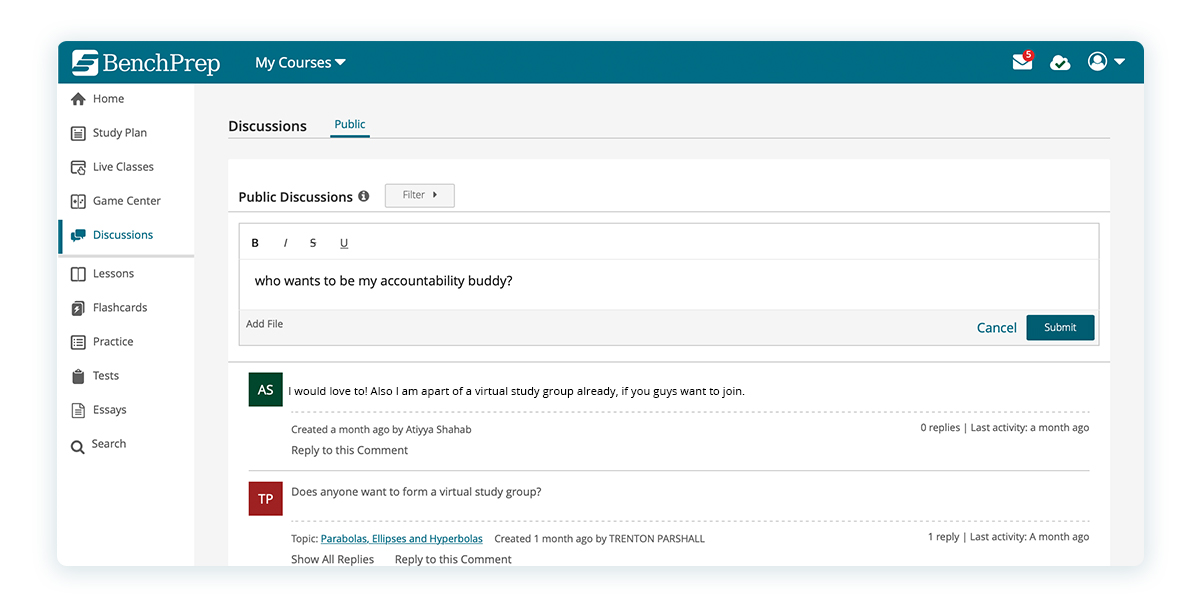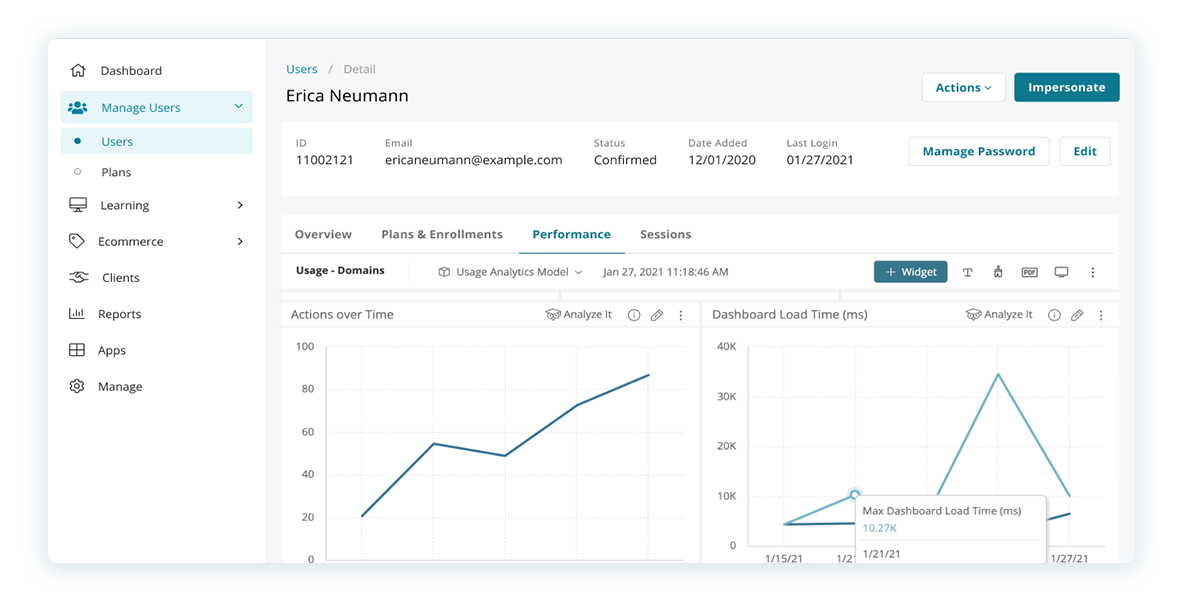4 Ways to Improve Adoption of Your Digital Education Program
In the era of remote work, digital education programs are even more important for an organization’s success. But for a program to be successful, it needs to be adopted by educators and learners. You might struggle to get educators or learners to adopt digital education because they have physical classroom content, but no online content; they are less tech-savvy or maybe just certain members overall are less engaged.
Whatever the reason might be, we’ve laid out 4 ways you can improve educators' and learners' adoption of digital education programs. This way you can ensure success for your educators and keep learners engaged from the first course to the final exam.
1. Adopt an easy to learn platform
The platform you choose to use is critical for the success of a digital education program. Educators need a platform that is easy to learn, allowing you to cut down on technical support, and letting educators quickly learn a platform. An easy-to-learn platform also impacts the learners and makes their experience more enjoyable. If you are struggling with digital education adoption, the learning platform you choose will be the first step to help educators and learners.
2. Show educators how they can rework existing content so it can live online
After educators are on the platform, share how they can rework existing content so it can be online. Many educators are pros when it comes to lesson plan building, and they simply need a little guidance to shift that content online. Here are a couple of tips for building online content, and hosting online classes.
- Just because it’s online, doesn’t mean the community aspect of a classroom shouldn’t be there. Start with a community-building icebreaker, online forum, or other group activity at the beginning of each class.
- Encourage participation throughout. To keep learners engaged, utilize the tools that keep a dialogue going.
- Sift through your key concepts for each lesson plan and rework them to live online. The best thing about online is you can decide what format best suits a concept. Some key concepts could be better presented as audio or video content.
Educators do not need to reinvent everything, they simply need to rework content to live online.
3. Provide learners options to engage with different content
As educators rework their content, remind them to utilize different learning methods and types of content. Creating a blend of content mediums, like articles, videos, podcasts, and discussions allow students to access materials that work for their learning style.

Want to learn more about implementing blended learning? Check out our guide.
4. Encourage personalized learning
Personalized learning can help keep education programs relevant and assist learners in completing programs. To implement a personalized approach, use data to learn more about individuals and teams. Data metrics can help indicate how you can personalize, by learning what the needs are, and the best style and delivery method of learning materials.

Want to learn about improving your training processes? Check out 5 effective training techniques.
Digital education programs are becoming increasingly relevant for educators and learners, and these four ways can be the first step to create a cohesive learning environment in a digital setting.
Want to learn more about digital transformation and how it can have an effect on your education program? Check out our ebook, 5 Key Factors Driving Digital Transformation in Professional Learning, to learn more.






